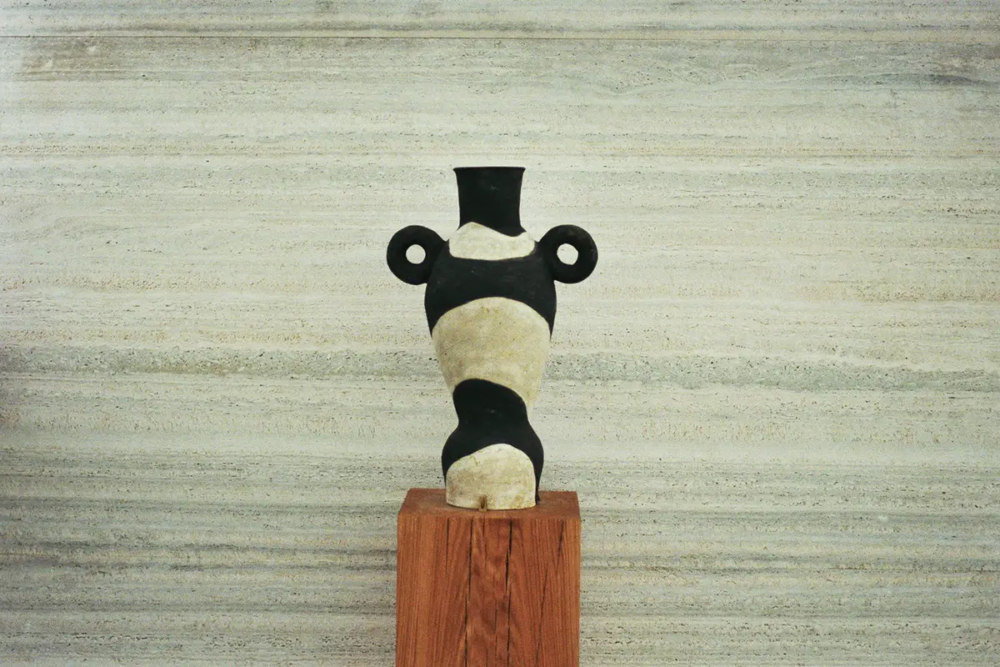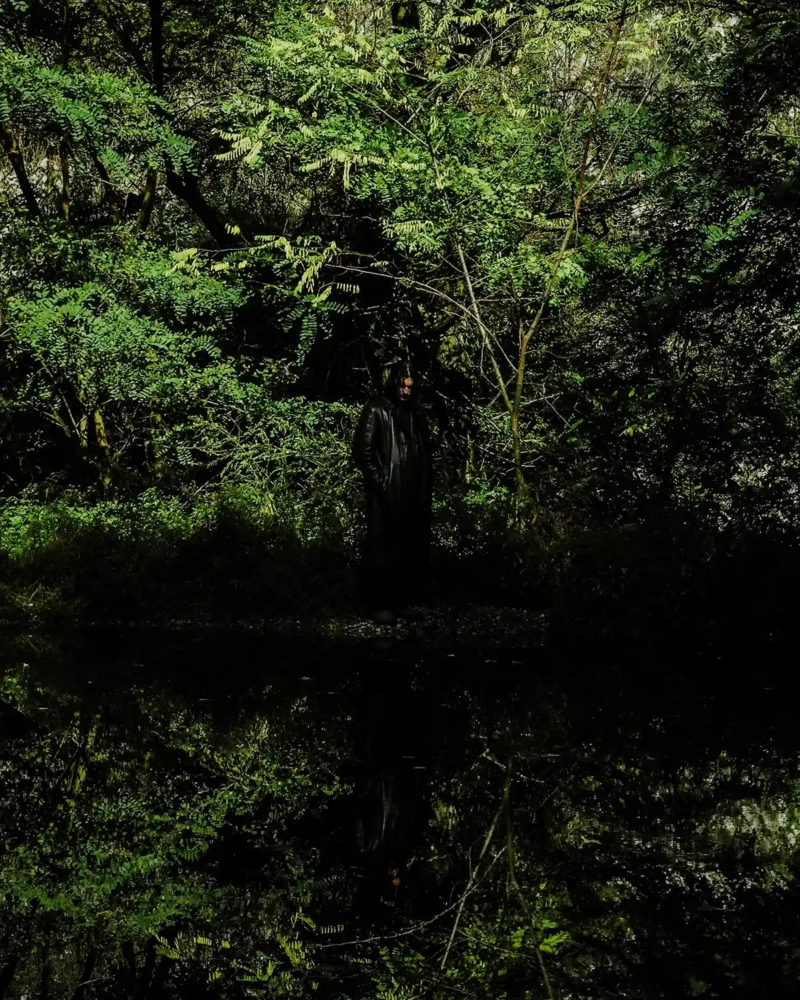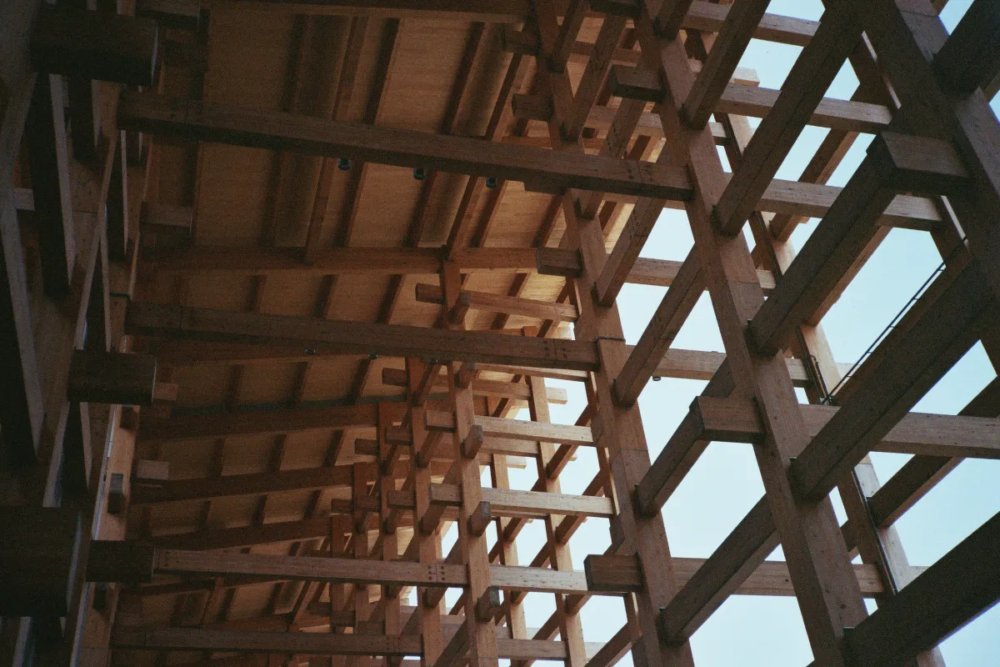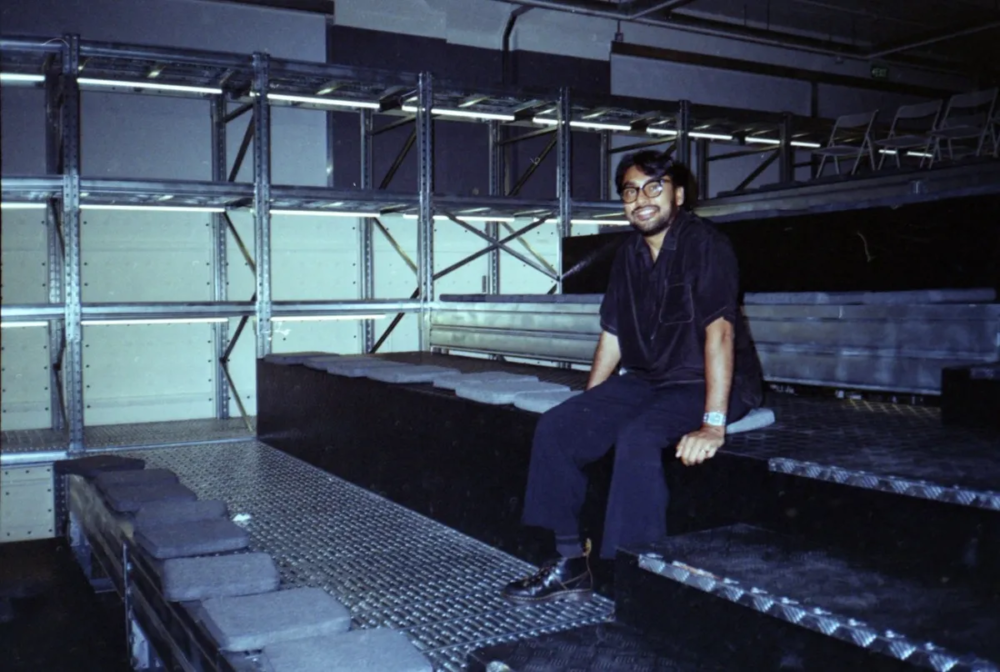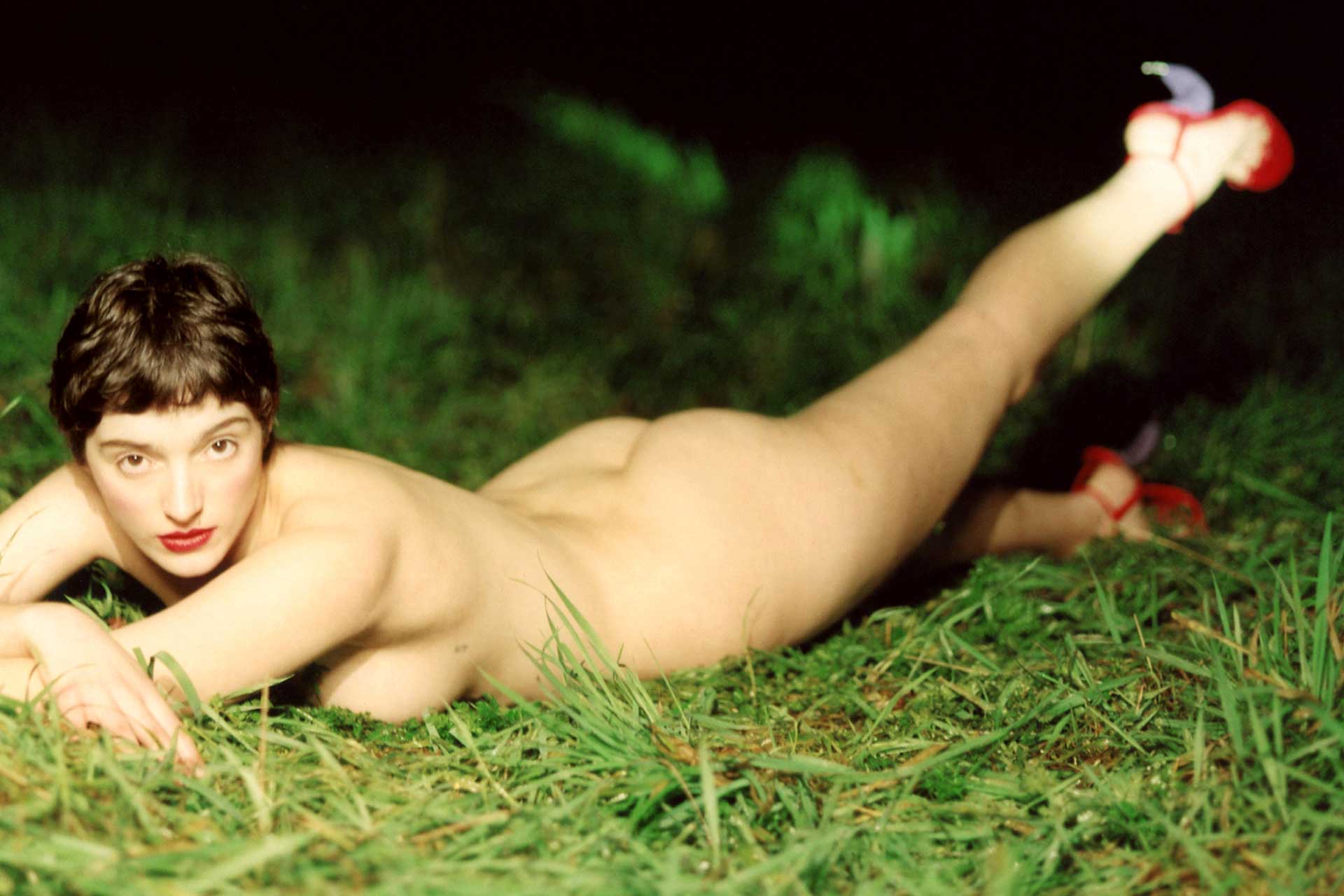
Transitioning – Ottilie Landmark confirms: «Photography is voyeuristic»
Ottilie Landmark portraying her wife: «the moment that you’re shooting, the person is giving you a power and you are in charge»
Ottilie Landmark photographer
Like many others, Danish photographer Ottilie Landmark, based in London, saw her plans overturned when the pandemic and lockdown swept across the world in March 2020. “It was disruptive. I had just finished my MA three months earlier, and I was feeling optimistic, ready to start my freelance career. For a few months I was trying to figure out what to do next, but there were no jobs to be found.”
During that time, Landmark taught herself how to develop film at home and began finding inspiration in her immediate surroundings. “I did a lot of testing, trying to be intuitive—like noticing when the sun would hit a certain wall at a certain time of day. And then, since both my wife and I were home, I’d say, ‘Sinéad, come here!’ and place her in that spot to take a photo.”
Much of her creative process is deeply rooted in personal passions. Sinéad O’Dwyer, Landmark’s wife, has been one of her main subjects since she first began shooting, and was the focus of her final MA project. Another ongoing series—about Britain’s kink and fetish communities—also stems from her own curiosity. “Personal projects always come from something I’m exploring myself. I use photography as a way to meet people and to have conversations, which naturally happen once you start reaching out.”
The photographs featured in this edition of Lampoon are Landmark’s meditation on the role of green spaces in urban environments as centers of energy and transformation for city dwellers. During lockdown, when Londoners were only allowed outside once a day, Landmark began walking daily through a nearby park. “I barely knew this park before the pandemic. It was just an ordinary park, but I started getting to know it well. I began noticing when things were blossoming or when something new had been added. It became a nice rhythm.”
“This shoot is a visualisation of having that space where you can tune in more with nature. It doesn’t have to be the most beautiful forest. There’s something about going into a green space that helps me mentally,” she explained. The resulting images carry a sense of timelessness—reflecting the disruption of linear time that many experienced during the pandemic, when routines dissolved and temporal markers shifted. Landmark’s use of saturated color in some of the park images highlights how nature and green spaces can act as powerful sources of energy—places where people can go to reconnect and recharge“.
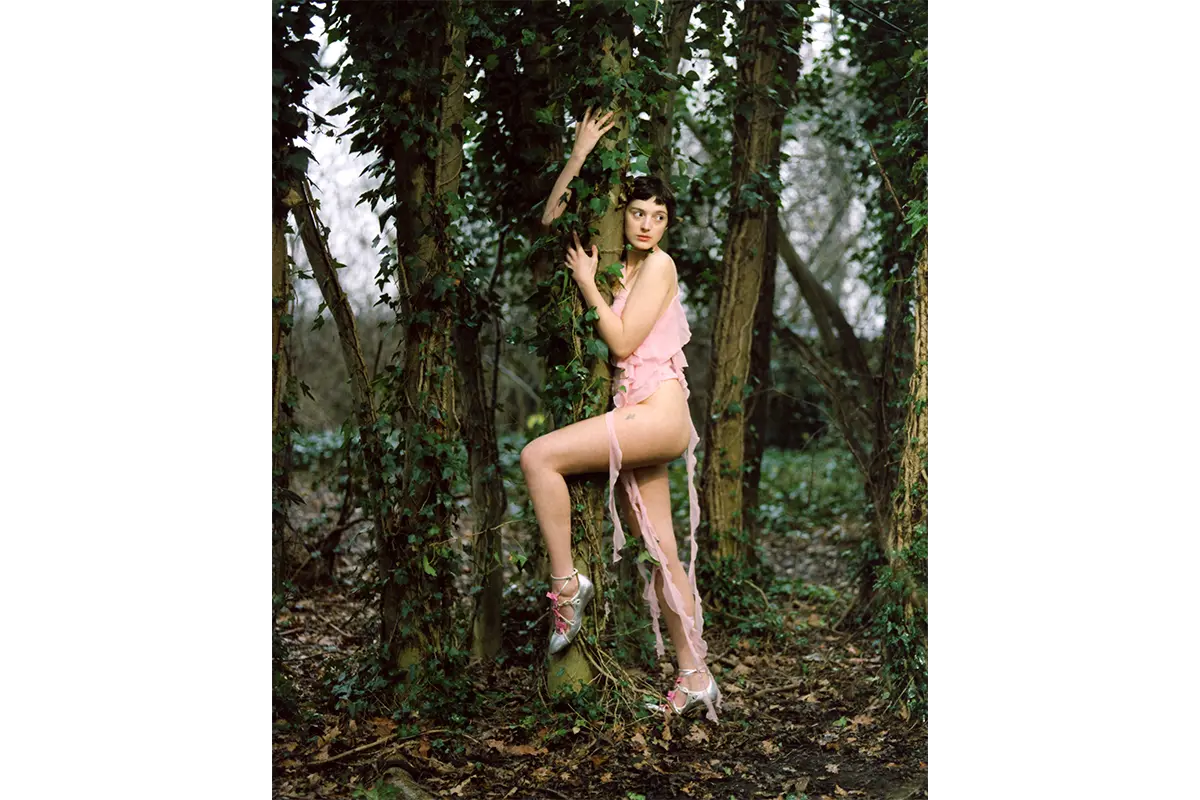
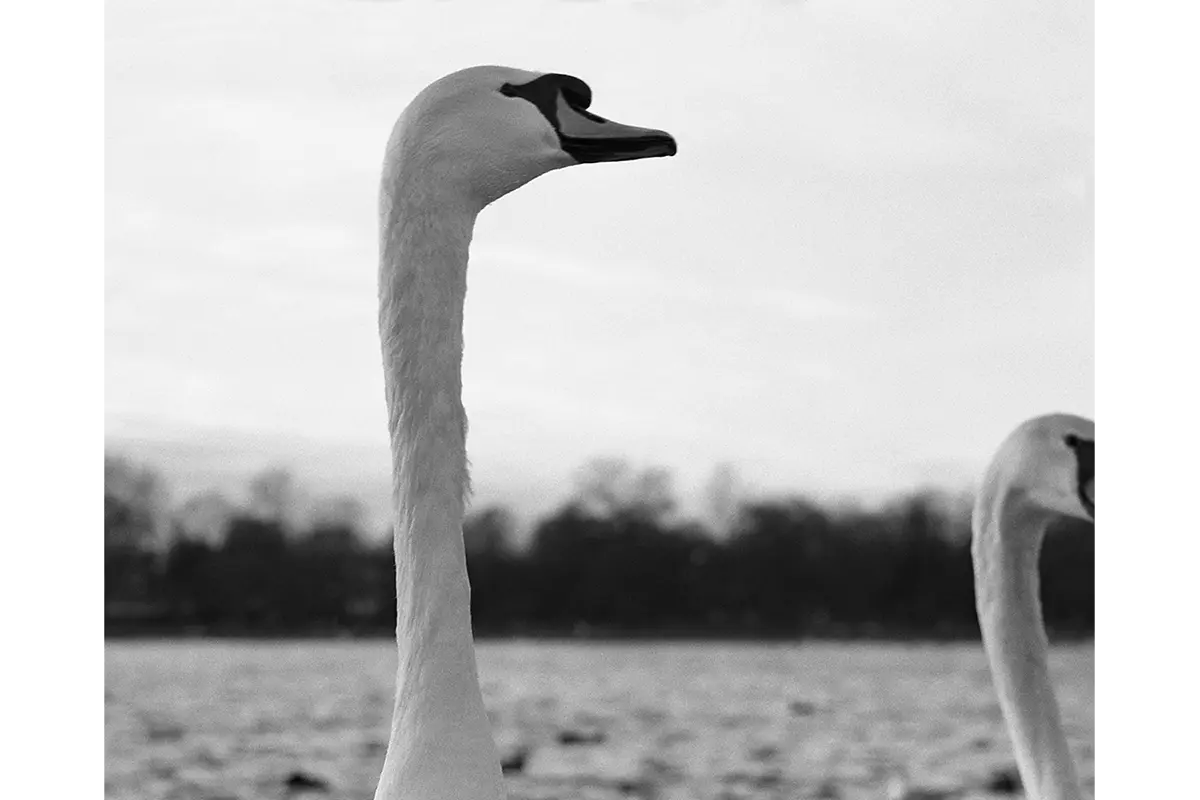
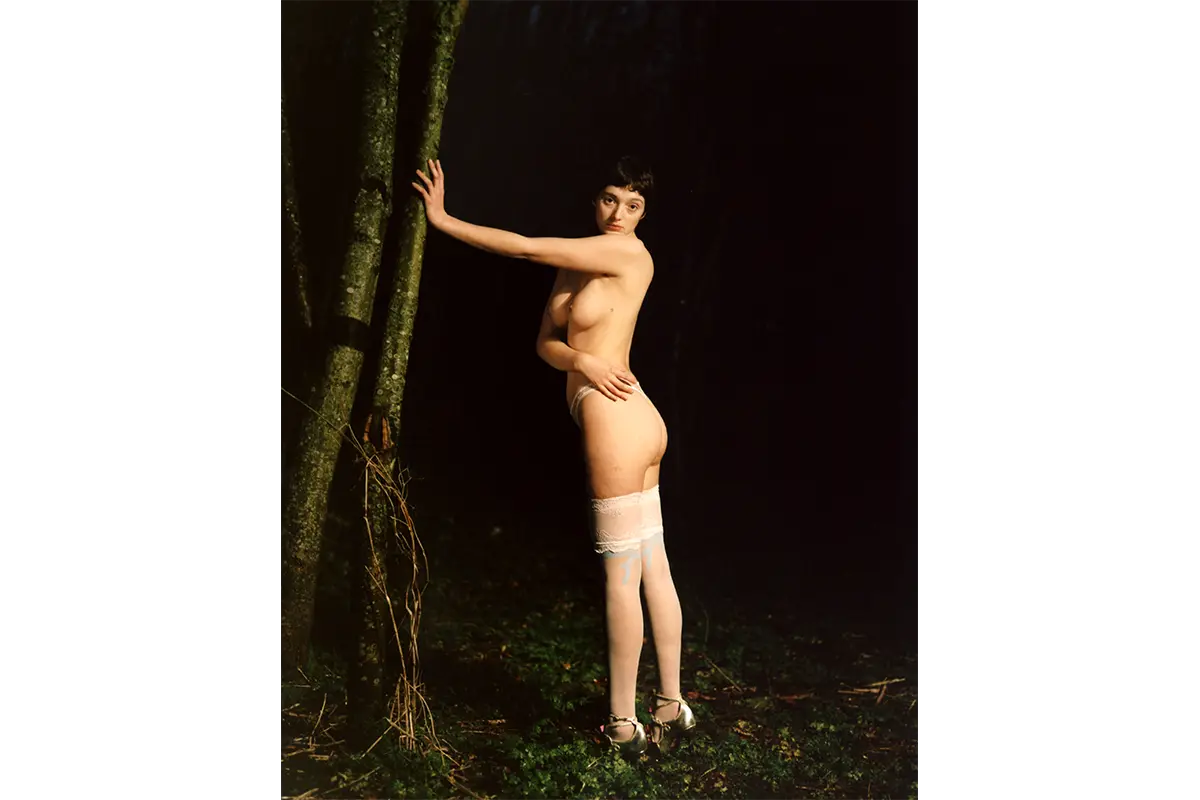
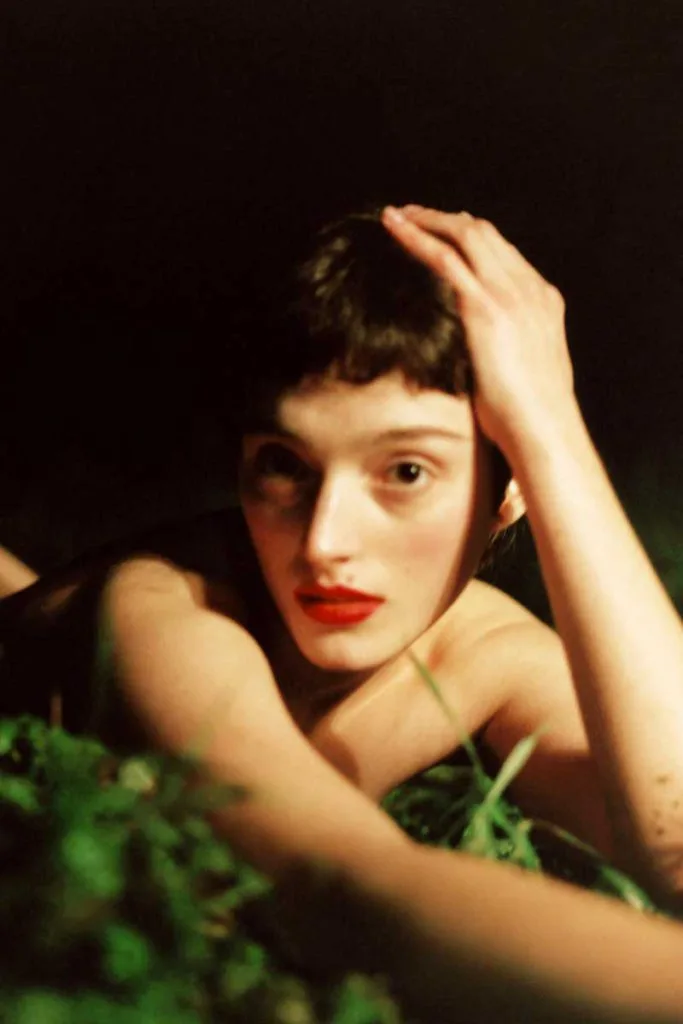
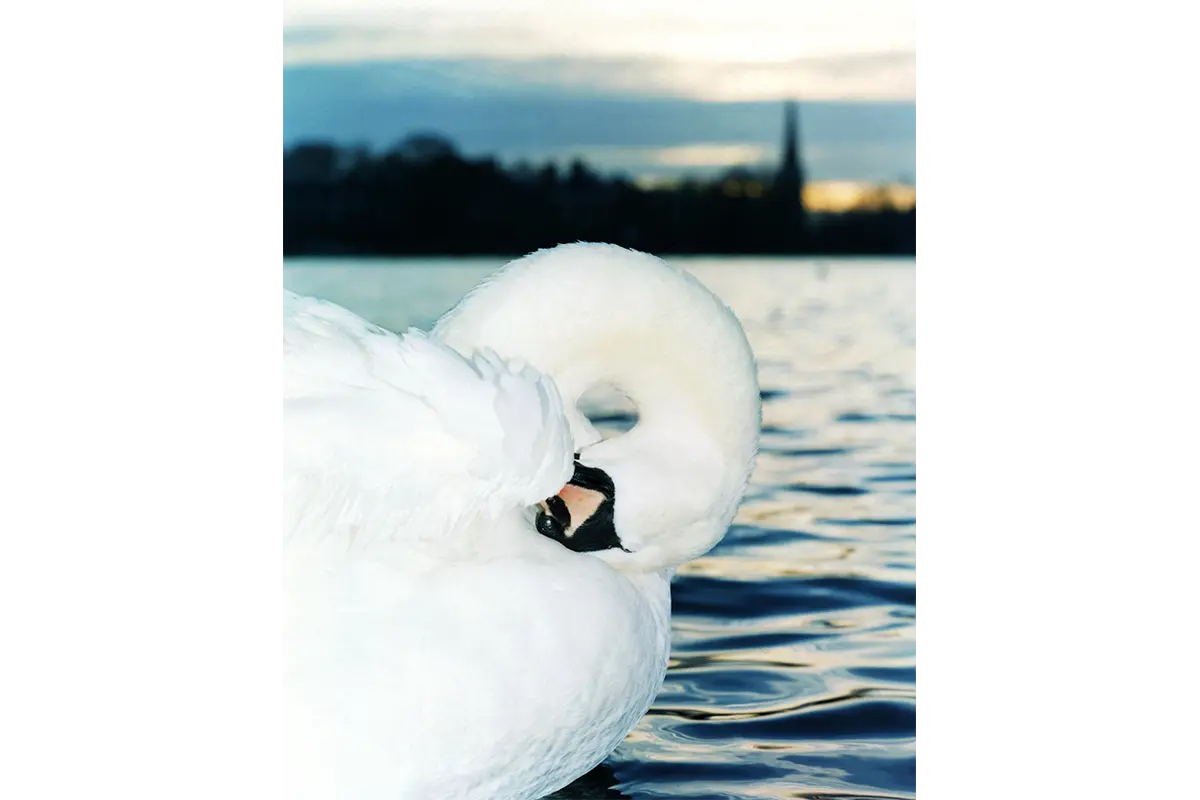
How to become a photographer
As a woman photographer, part of Landmark’s process is to be more in tune with the models she works with as muses or collaborators rather than as objects in a voyeuristic sense. «Photography is voyeuristic and it’s a line between that power dynamic between you and the person you’re photographing because it has to be empowering for them too. It can’t just be something that you get off on just because you want to take good photos». She then continues, «the moment that you’re shooting, the person is giving you a power in some way, you are in charge, you have these photos and you’re the one selecting them. In the past people didn’t really care but now it feels as if people are more considerate of the person they’re shooting and not just about their own vision and what they want to do». That openness to being changed by the process itself is a distinctive approach, perhaps related to Landmark’s own nontraditional path to the creative calling. She never saw herself as an artist, yet she was frustrated with her own ‘average job’ and was searching for an answer to what she wanted to do until three and a half years ago, when she had what she describes as a cliche but all the same epiphany while drunk on a bus on her way home that she needed to buy a camera on eBay. She did, and the rest fell into place. She approached her newfound craft with passion and dedication, throwing herself into a master’s program after just a year of experience on her own, buoyed by the encouragement of her wife, Sinéad, who is a fashion designer. «I was going to be in the creative field, but in production, or someone helping other people. I like to be in control of things so maybe that was a sign that I should do it myself».
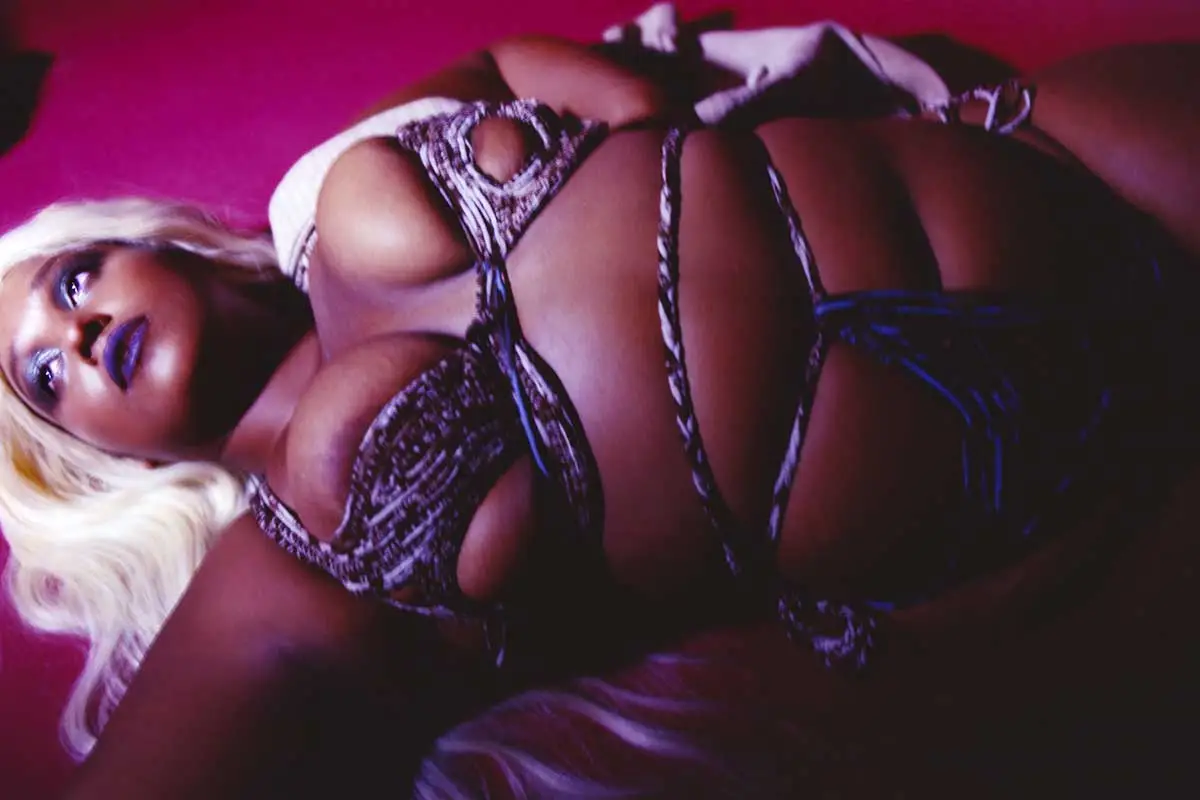
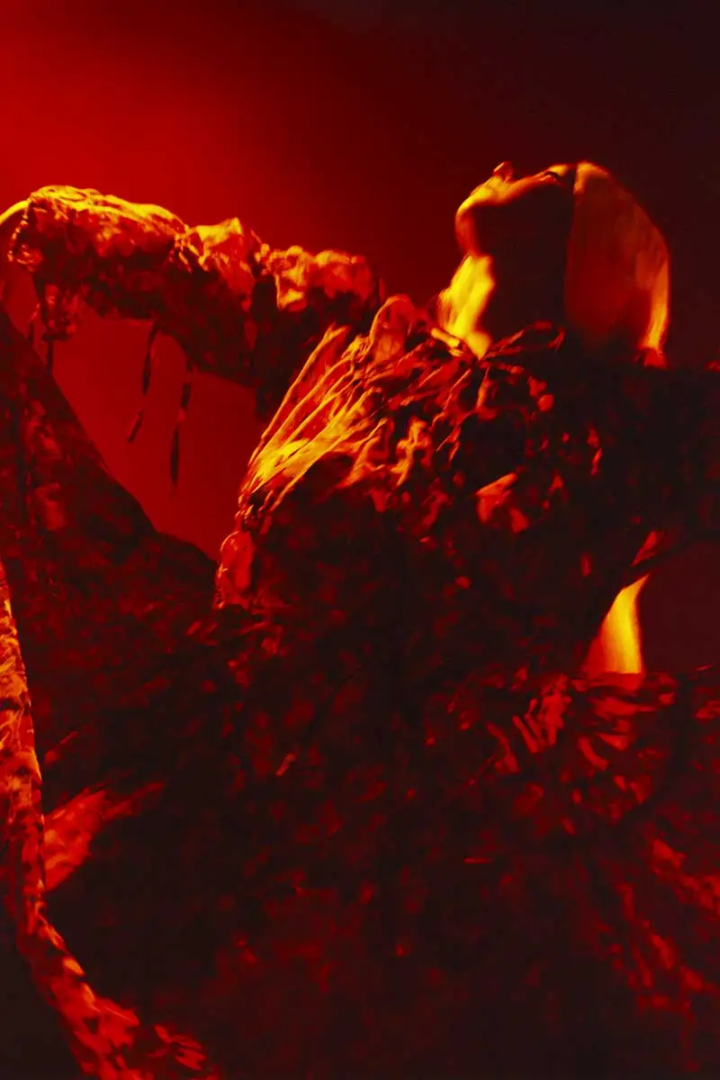
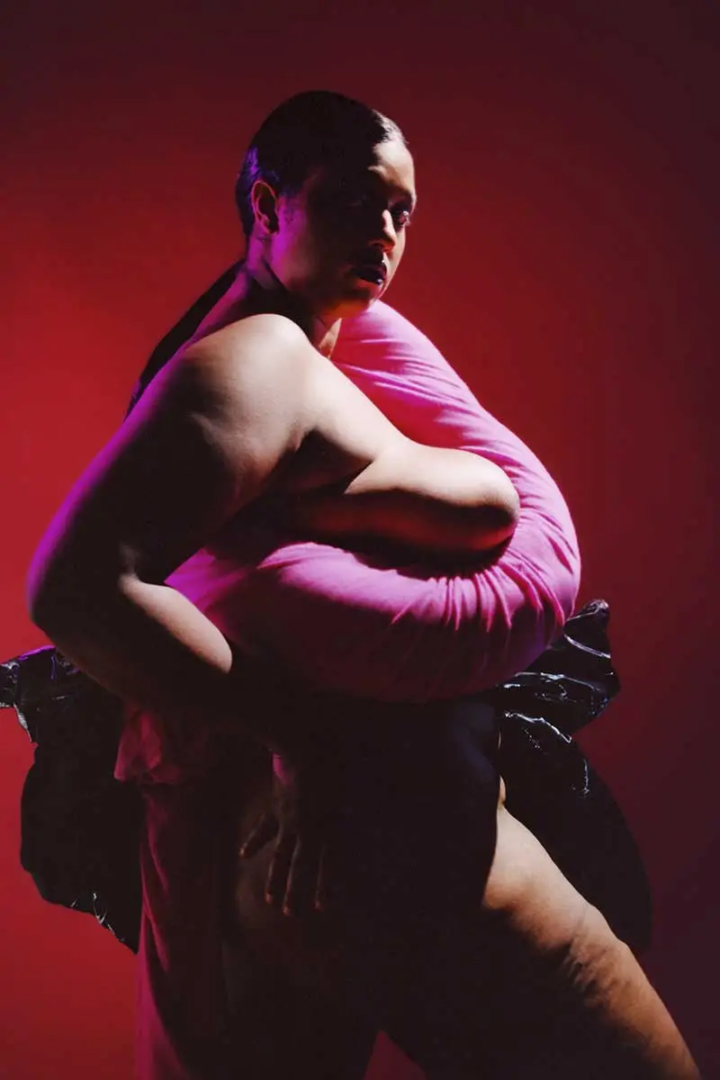
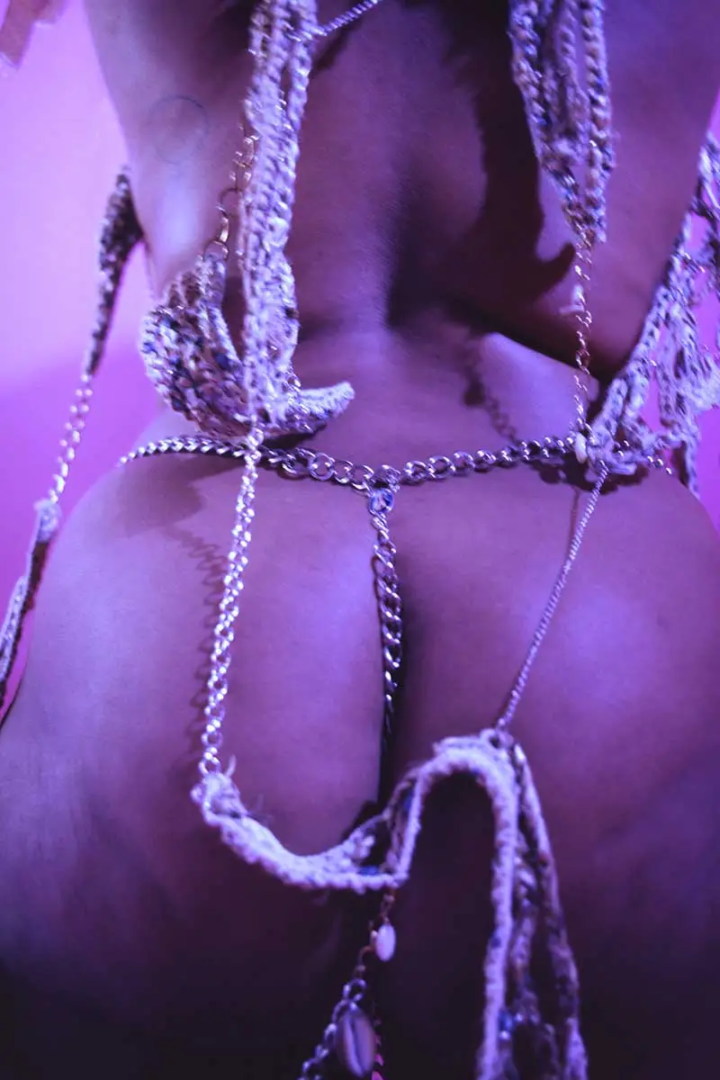
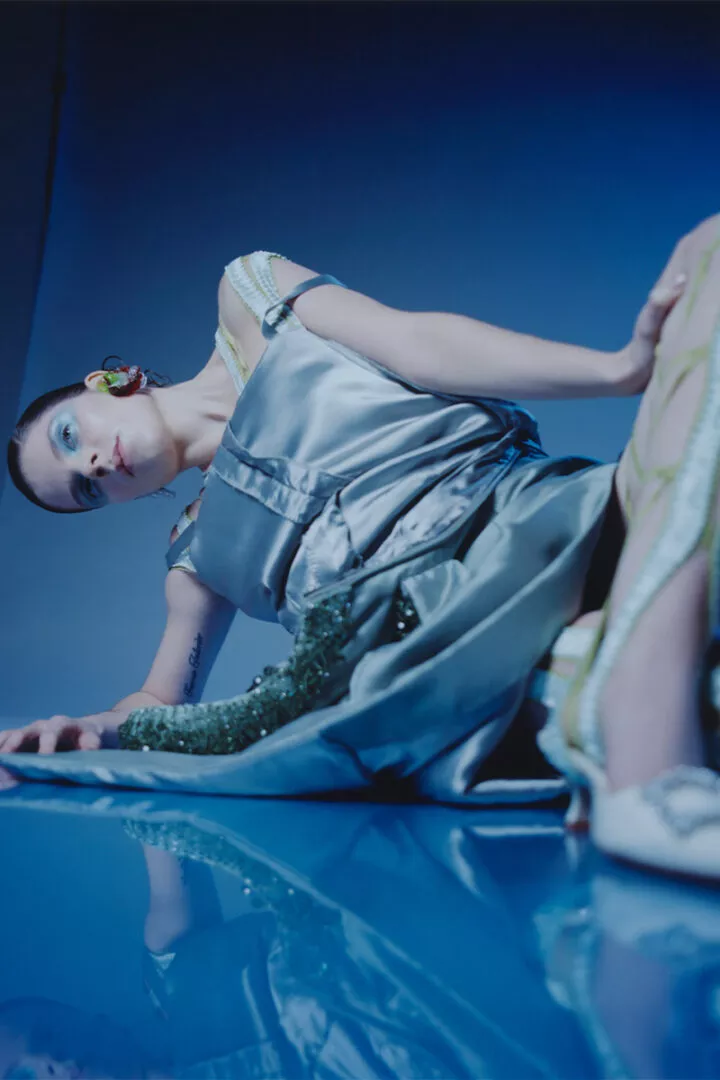
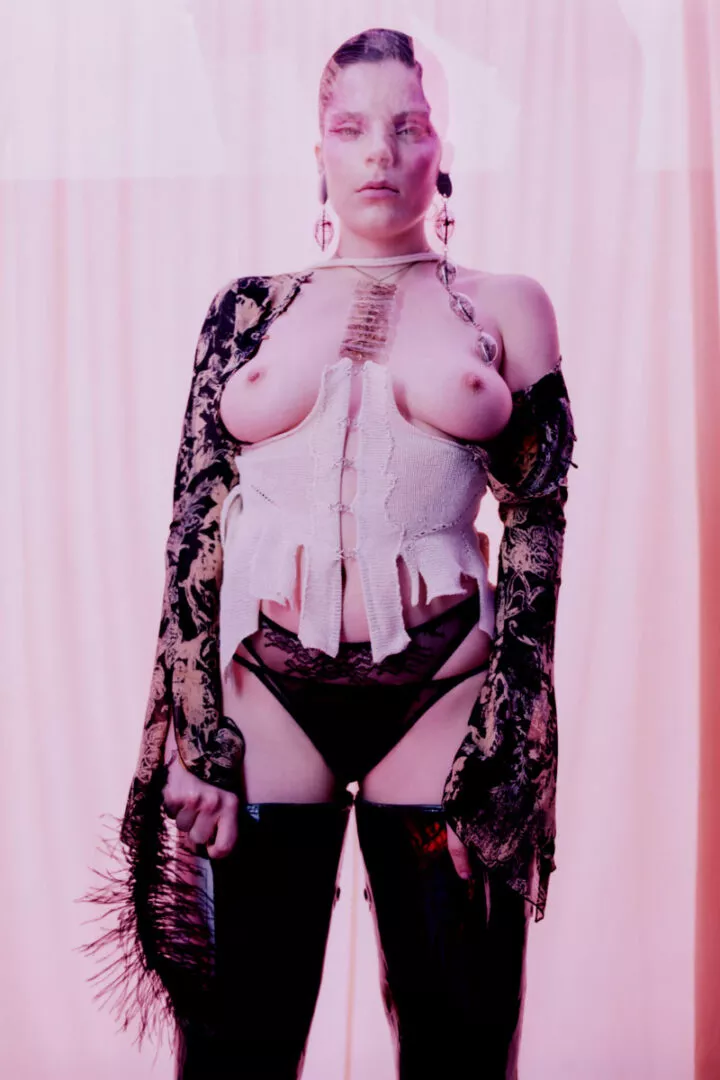
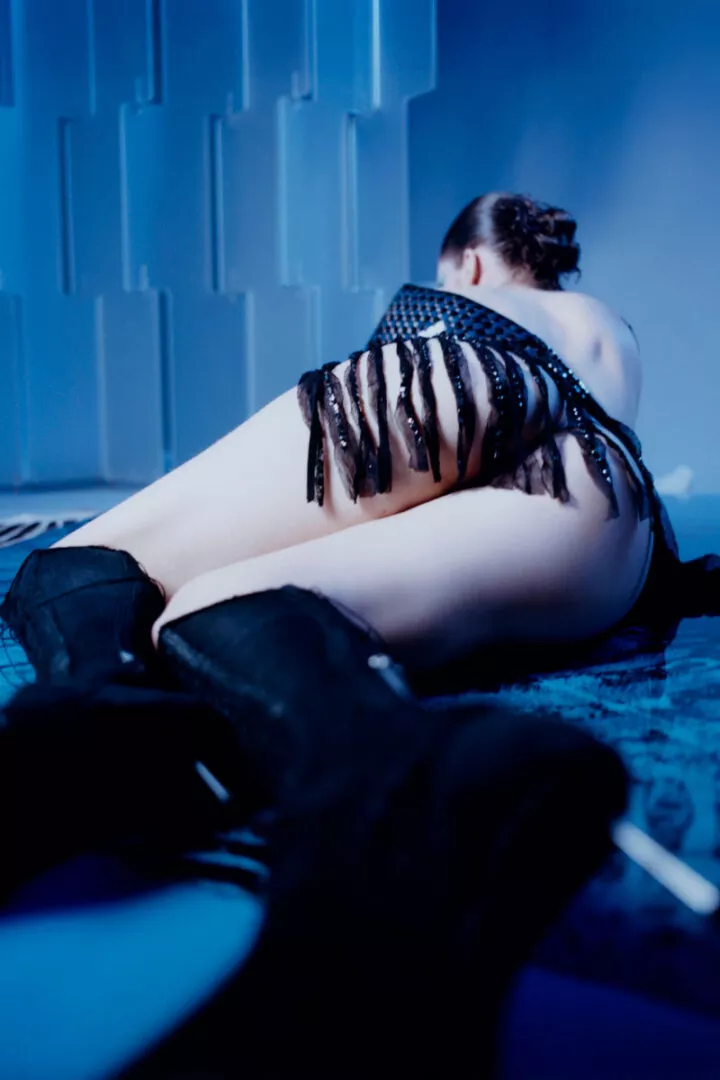
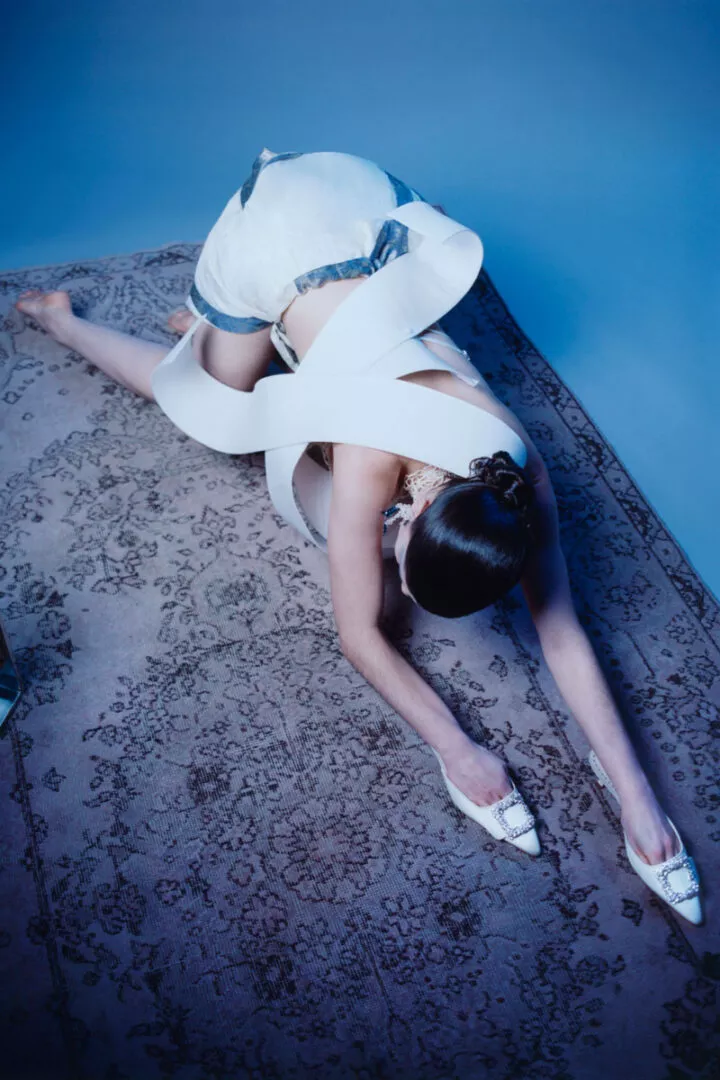
Ottilie Landmark
Danish photographer, originally from Copenhagen, who is currently based in London. Her work explores queer female identity and sexuality, among other topics. She graduated from Central Saint Martins in 2019, receiving the Hugo Boss Scholarship while studying.

